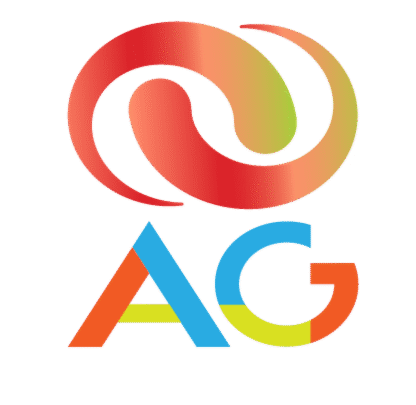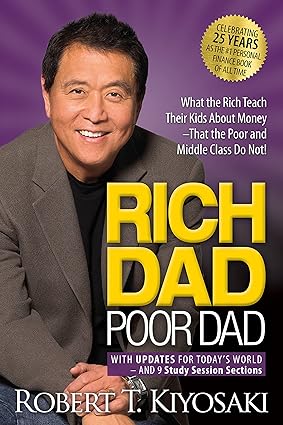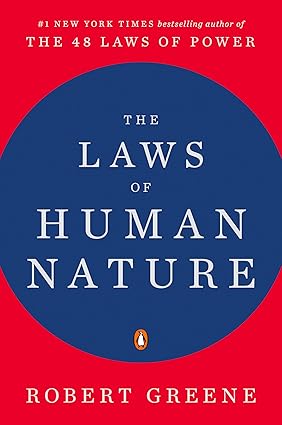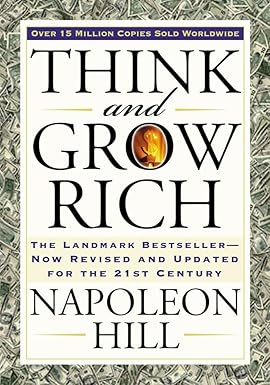By Robert T. Kiyosaki
Since its initial release in 1997, Rich Dad Poor Dad by Robert T. Kiyosaki has become one of the most influential personal finance books of all time. Widely praised for its engaging storytelling and unconventional money lessons, the book has sold millions of copies worldwide and remains a staple on the bookshelves of aspiring entrepreneurs and financial enthusiasts. In this review, we will explore the key ideas of the book, assess its strengths and weaknesses, and determine whether it lives up to its legendary status in the world of financial education.
Overview
Rich Dad Poor Dad is written as a part-memoir, part-financial guide that draws on the author’s life growing up with two father figures: his biological father (“Poor Dad”), a well-educated government employee who struggled financially, and the father of his childhood best friend (“Rich Dad”), a high school dropout who became a self-made millionaire. Through these contrasting figures, Kiyosaki compares two different philosophies about money, success, and financial independence.
Rather than offering a traditional, step-by-step guide to wealth-building, the book focuses on changing the reader’s mindset about money. The primary message is that financial success is not about how much money you earn, but how well you manage and invest it. The book emphasizes the importance of financial education, passive income, entrepreneurship, and asset-building over relying on a paycheck or traditional job security.
Key Lessons and Themes
- Assets vs. Liabilities
Kiyosaki’s most repeated lesson is the importance of acquiring assets—things that generate income—and avoiding liabilities, which take money out of your pocket. According to him, many people mistakenly buy liabilities (like personal residences or cars) thinking they are assets. - The Importance of Financial Education
The author argues that traditional schooling teaches students how to work for money but not how to make money work for them. He believes financial literacy—understanding how money, taxes, debt, and investment work—is essential for building wealth. - Work to Learn, Not to Earn
Instead of focusing solely on salary or job titles, Kiyosaki suggests gaining diverse skills such as sales, investing, accounting, and leadership to build long-term success. - The Power of Entrepreneurship
The book promotes the idea of building businesses and income-generating ventures rather than relying solely on employment. Kiyosaki presents entrepreneurship as the path to financial freedom. - The Rat Race Mentality
Kiyosaki criticizes the “rat race” lifestyle—working hard at a job to pay bills, save a little, and retire late in life—claiming it keeps the poor and middle class trapped. He encourages thinking outside that cycle.
Pros
1. Mindset Shift
Perhaps the most powerful aspect of Rich Dad Poor Dad is its ability to shift the reader’s perspective about money. It encourages financial independence and challenges the idea that a high salary and job security are the ultimate goals. For many, this is a liberating and eye-opening experience.
2. Accessible and Relatable
Kiyosaki’s conversational writing style and anecdotal approach make financial concepts easier to digest, even for those with no background in economics or investing. The storytelling format, using the two dads, simplifies complex topics and keeps readers engaged.
3. Encourages Action and Ownership
The book motivates readers to take charge of their financial lives. It promotes self-education, calculated risk-taking, and a proactive approach to wealth-building—all valuable traits in today’s economy.
4. Challenges Conventional Wisdom
By questioning long-held beliefs about job security, higher education, and saving money, Kiyosaki introduces alternative financial strategies that some readers may never have considered. For many, this is the first exposure to ideas like cash flow, passive income, and real estate investment.
5. Broad Influence
The book’s legacy is undeniable. It has inspired countless people to start businesses, invest in real estate, or explore financial freedom. For beginners in personal finance, it can serve as a motivational gateway to more technical resources.
Cons
1. Lack of Practical Details
While Rich Dad Poor Dad is rich in philosophy, it is relatively thin on practical, actionable steps. Readers looking for specific investment advice, budgeting tools, or financial plans will need to seek additional resources.
2. Oversimplification of Complex Issues
Kiyosaki’s sharp distinctions between “rich” and “poor” thinking can sometimes feel exaggerated. Real-life financial challenges—such as healthcare, debt, systemic inequality, or economic instability—are largely absent or minimized.
3. Questionable Accuracy and Credibility
Some critics have questioned the factual accuracy of the book, including whether “Rich Dad” was a real person or a composite character. Additionally, Kiyosaki’s later ventures, such as seminars and investment programs, have faced scrutiny for overpromising results.
4. Downplaying Traditional Education
The book often criticizes formal education while promoting financial literacy. While it’s true that many schools lack robust financial education, dismissing higher education entirely may not be helpful or realistic for all readers.
5. Dated Examples and Advice
Although this edition has been revised, much of the investment advice centers on real estate and business ownership without fully addressing modern financial tools such as index funds, digital assets, or gig economy models.
Should You Learn from This Book?
Why You Should:
- You want a motivational and mindset-driven introduction to financial independence.
- You’re a beginner seeking a simple way to understand assets, liabilities, and cash flow.
- You enjoy stories and philosophy more than technical finance content.
- You’re looking for an alternative perspective to the traditional “go to school, get a job, retire” model.
Why You Might Not:
- You prefer a detailed, step-by-step financial guide with specific strategies.
- You are skeptical of anecdotal or unverified personal stories.
- You’re already financially literate and looking for advanced content.
Final Verdict
Rich Dad Poor Dad remains a classic for good reason: it challenges the reader to think differently about money, success, and life goals. While it’s not a comprehensive financial manual, it is an excellent primer on the mindset needed to escape the cycle of paycheck dependency and start building wealth through smart habits and long-term thinking.
Its power lies not in teaching how to get rich quickly, but in changing how we think about money altogether. For that reason alone, it is worth reading—particularly for young adults, beginners, or anyone at a crossroads in their financial journey.
Recommended for: High school and college students, early-career professionals, aspiring entrepreneurs, and anyone beginning their personal finance education.
Rating: ★★★★☆ (4.3 out of 5)
You can purchase it on Amazon if you like.



